

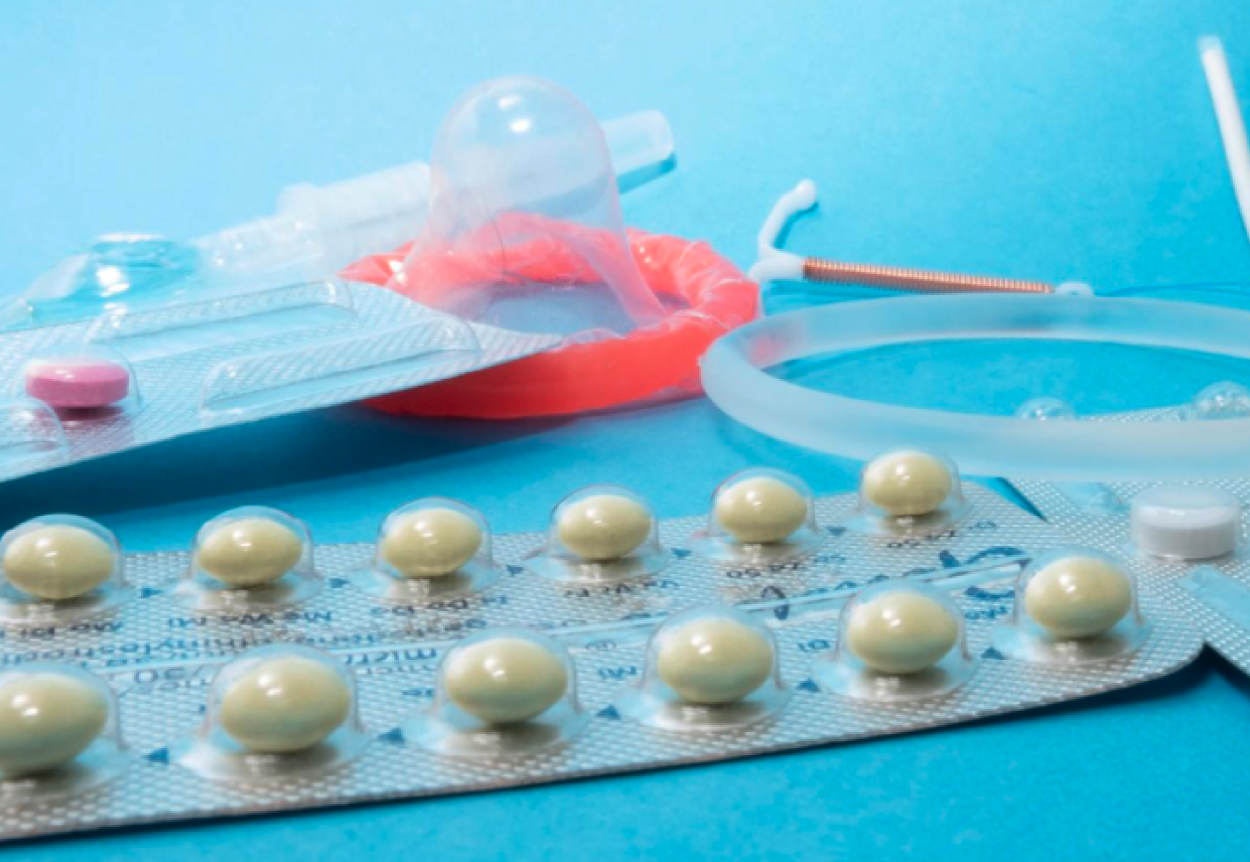

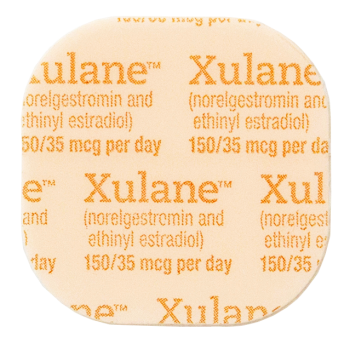
The patch is a thin, beige piece of plastic that looks like a square Band-Aid. It’s a little less than two inches across, and comes in one—and only one—color. (Beige.) You stick the patch on your skin and it gives off hormones that prevent your ovaries from releasing eggs. The hormones also thicken your cervical mucus, which helps to block sperm from getting to the egg in the first place. The brand name Ortho Evra isn’t being produced anymore so if you use the patch, ask for the generic, Xulane.
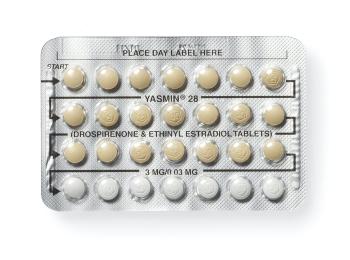
“The Pill” is a pill. (How’s that for stating the obvious?) Some people call it “oral contraception.” You take it once a day, at the same time every day. There are lots of different kinds of pills on the market, and new ones come out all the time. Most work by releasing hormones that keep your ovaries from releasing eggs. The hormones also thicken your cervical mucus, which helps to block sperm from getting to the egg in the first place.

The ring (brand names: Annovera and NuvaRing) is a small, bendable ring that you insert into your vagina. You leave it in place for three weeks at a time, then take it out for the fourth week. The ring works by giving off hormones that prevent your ovaries from releasing eggs. The hormones also thicken your cervical mucus, which helps to block sperm from getting to the egg in the first place.

The shot is just what it sounds like—a shot that keeps you from getting pregnant. Once you get it, your birth control is covered for three full months—there’s nothing else you have to do. Some people call the shot “Depo,” short for Depo-Provera. The shot contains progestin, a hormone that prevents your ovaries from releasing eggs. It also thickens your cervical mucus, which helps block sperm from getting to the egg in the first place. Worth considering even if you’re afraid of needles… Because what’s a little prick compared to a pregnancy?
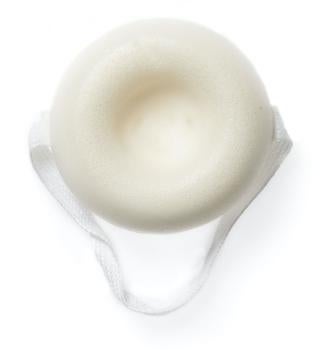
The sponge is a round piece of white plastic foam with a little dimple on one side and a nylon loop across the top that looks like shoelace material. It’s pretty small—just two inches across—and you insert it way up in your vagina before you have sex. The sponge works in two ways: It blocks your cervix to keep sperm from getting into your uterus, and it continuously releases spermicide. Think of it like a bouncer at the nightclub door to your uterus.
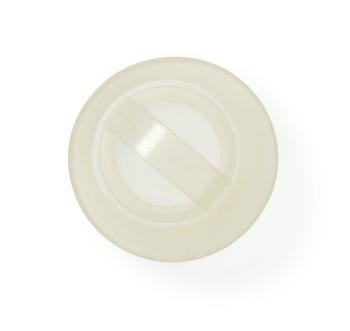
A cervical cap is a silicone cup you insert in your vagina to cover your cervix and keep sperm out of your uterus. The “cap” part of the name is pretty dead on—the thing looks like a little rubber sailor’s hat, maybe an inch and a half wide and one inch high. There’s only one brand of cervical cap available in the U.S. today, and it’s jauntily named the FemCap. One super important thing to remember: You need to use a cervical cap with spermicide for it to be most effective.

Rubber. Jimmy-hat. Love sock. Wrapper. However you say it, condoms are one of the most popular forms of birth control out there. They slip over the penis to prevent pregnancy and lower the risk of STIs by keeping sperm inside the condom and out of the vagina. (There are also internal condoms that go inside the vagina.) Condoms come in hundreds of shapes and sizes, with lube and without.
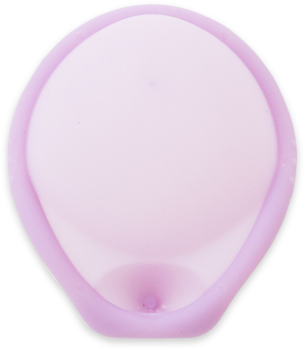
A diaphragm is a shallow, dome-shaped cup made of silicone. (Honestly, it looks like Meg Griffin’s hat on The Family Guy. Except it’s only a few inches in diameter.) You insert the diaphragm into your vagina. Then it covers your cervix and keeps sperm out of your uterus. One super important thing to remember: For a diaphragm to work effectively, you need to use it with spermicide.
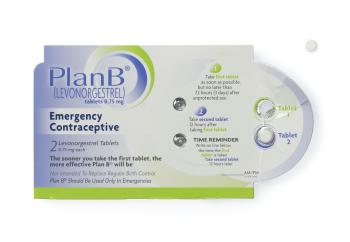
Emergency Contraception (EC) can stop a pregnancy before it starts. (That means the EC pills are not the same as the abortion pill.) There are four types of EC to choose from and they all work up to 5 days (or 120 hours) after unprotected sex. But use it sooner rather than later to reduce the possibility of getting pregnant.
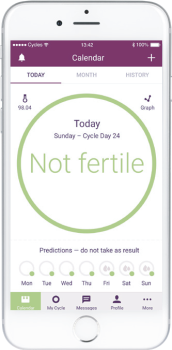
Fertility awareness-based methods—or natural family planning—are all about tracking your menstrual cycle to determine the days that you can get pregnant. The tricky part is actually knowing when those days are. To do that, you’ll need to pay very close attention to your body and its patterns. Here we list all the different ways you can monitor your day-to-day fertility.
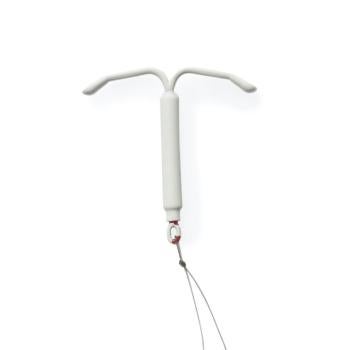
There are four hormonal IUDs available in the U.S.—Mirena, Skyla, LILETTA, and Kyleena. All four are made of plastic and release a small amount of the synthetic hormone progestin, which thickens your cervical mucus to keep sperm from reaching the uterus. Depending what kind you get, hormonal IUDs can last between 3 and 8 years and may make your periods lighter.
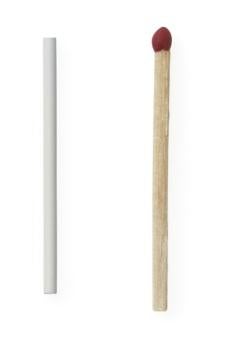
The implant (Nexplanon is the brand name; previously Implanon) is a teeny-tiny rod that’s inserted under the skin of your upper arm. It’s so small, in fact, most people can’t see it once it’s inserted—which means it can be your little secret, if you’re so inclined. The implant releases progestin, a hormone that keeps your ovaries from releasing eggs and thickens your cervical mucus—which helps block sperm from getting to the egg in the first place. It prevents pregnancy for up to four years. Not too shabby.
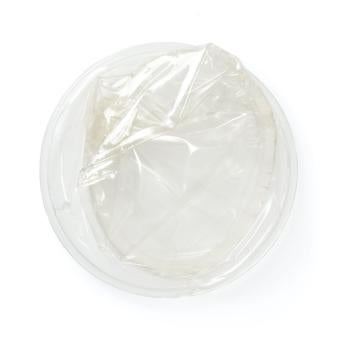
An internal condom (also sometimes called a female condom), which has the brand name FC2, is a pouch you insert into your vagina. It’s not the prettiest thing in the world (it looks a bit like a floppy, clear elephant trunk), but it is a method that gives you lots of control. Internal condoms work the same way that condoms do, except that you wear one on the inside instead of sticking it on a penis. They keep sperm inside the condom and out of your vagina.

This is the most effective EC there is. Have a provider insert it within 5 days of a misstep and lower your chance of pregnancy by 99.9%.

“Not right now” is our way of saying “no vaginal sex.” It’s a great method as far as effectiveness is concerned—if you use it 100% of the time, you’re guaranteed to not get pregnant. And if you’re avoiding sexual activity altogether, you’ll be safe from STIs too. But it does involve a whole lot of self-control.
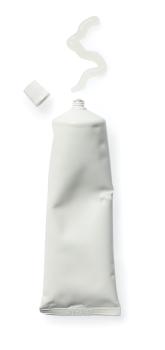
“Spermicide” describes a bunch of different creams, films, foams, gels, and suppositories that contain chemicals that stop sperm from moving. You insert it deep in your vagina, so it also keeps sperm from getting through your cervix and into your uterus.

Sterilization is a procedure that closes or blocks your fallopian tubes so you can’t get pregnant. (Your tubes are where eggs and sperm meet. If they can’t meet, they can’t hook up.) Guys also have a sterilization option—a vasectomy blocks the tubes that carry a man’s sperm. It’s even safer and more effective than female sterilization. Talk to a health care provider to learn more and be sure to ask about state and federal requirements, like age restrictions and waiting periods.
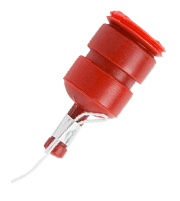
Withdrawal is the oldest form of birth control on the planet. There’s not much to explain, really. The guy pulls out before he ejaculates. End of story. Some people call withdrawal the “pull out method.” Or you may hear people call it “coitus interruptus.” The key thing to remember is this: You’ve got to do it right—every single time—for withdrawal to be effective. And how many guys do you know with that kind of total control?



